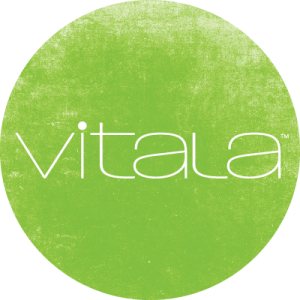Finding your inner balance: omega 3 and 6 fatty acids
You might be getting ripped off by your omega supplement because more isn’t always better. I’ve seen supplements providing a “balanced” ratio of omegas, with both omega-3 & -6 fatty acids. But do you really need both omega-3 and omega-6 fatty acids in your supplement?
Although the terms omega-3 and omega-6 sounds similar, they actually function as opposites. Think of them like yin and yang, where you need to strike a balance. Omega-3 fatty acids are calming, while omega-6s are the more aggressive counterpart. Since omega-3 and omega-6 fatty acids compete for the same enzymes, the level of one affects the activity of the other. Included below is a chart summarizing key differences between omega-3 and omega-6 fat.
Dietary Imbalance:
While we need a balance of omega-6 to omega-3 fatty acids, we actually get too many omega-6 fatty acids and not enough omega-3 fatty acids in our diet – the typical ratio of omega-6 to omega-3 fats in western diets is 15/1 – 20/1. However, in the past (during the Paleolithic period) it’s thought that humans consumed an omega ratio that was closer to 1:1 (which is similar to the ratio that wild animals consume). Scientists believe that reducing our ratio of omega-6 to omega-3 fatty acids will provide numerous health benefits. So the issue with taking a supplement containing both omega-3 and omega-6 fatty acids, is that most people are getting WAY too many omega-6 fatty acids already. And ideally you would get your omega fatty acids from food anyways.
Environmental Concerns:
To top it off, the negative effects of a diet containing too high of a ratio of omega-6 to omega-3 fatty acids may be further compounded by the presence of environmental chemicals. In vitro research suggests that a high level of the omega-6 fatty acid linoleic acid increases vascular damage from polychlorinated biphenyls (PCBs).
Sources of Omega-3 Fatty Acids:
It is important to consume more omega-3 fatty acids to help correct the common dietary imbalance between omega-3 and omega-6 fatty acids. Sources of omega-3 fatty acids include:
- Fatty fish (ie. salmon, sardines and herring): provide large amounts of the long chain omega-3 fatty acids called EPA and DHA which have the strongest anti-inflammatory effects
- Omega-3 eggs
- Flaxseed: should be ground so that the omega-3 fatty acids are available to the body
- Chia seeds
- Walnuts
- Leafy greens: contain small amount of omega-3 fatty acids
- Beef from cows that are grass-fed has higher levels of omega-3 fatty acids
Benefits of Getting a Good Balance of Omega-3 Fatty Acids Include:
- Protect against cardiovascular disease, by lowering bad cholesterol, triglycerides and blood pressure.
- Brain, nerve and eye development in infants
- Aid cognitive function
- Help manage depression and stress in adults
- Omega-3 fatty acids have been found to promote relaxation and sleeping through the night
- Reduce joint pain, including pain in patients with rheumatoid arthritis
I hope this helps you on your journey to finding health through nutritional balance!
If you would like to read more on Omega-3 and 6 fatty acids, this article is a great place to start.


